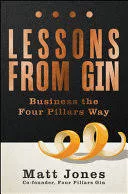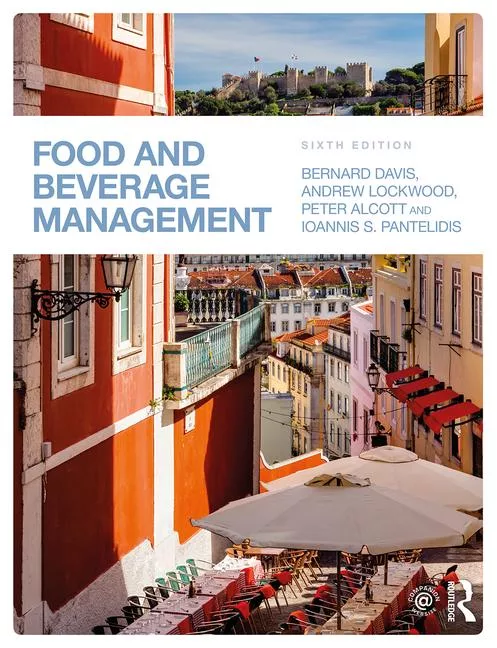The four stages beverage-makers can follow for new product success
Distribution, investments, demographics and consumer loyalty key for new brands
In business school, students learn that there are four stages of brand development within a brand lifecycle: Cash Cows, Dogs, Stars and Question Marks. In the beverage world, brand owners quickly learn, or should quickly learn, that the four stages should be viewed on a macro level, as these are not the only stages for a brand. Beverage manufactures need to know that on a micro level — the most important level for a new brand — that there are four more important stages: building the distribution base, building investment in the brand, focusing on building consumer pull, and building consumer loyalty.
Spending $1 million on advertising when you are being sold in 100 points of distribution doesn’t make much sense. Marketing efforts must align with these micro-level stages to be effective.
Stage One: Building the base
In this stage, brands should develop a cooperative relationship with their distributors, develop target account lists (the types of accounts where their brands sell the best), and secure meaningful shelf presence. Meaningful shelf presence means that the product is being sold on one of the shelves located between the eye level and the thigh level and that point-of-sale material is placed in multiple locations within the store.
All distribution does not equal great distribution, and you need to fish where the fish are. If a brand initially sells best in the natural and specialty channel, focus the distribution efforts almost exclusively in these types of outlets. It wouldn’t make sense to take a brand-new beverage that is selling well in Whole Foods Markets, for example, and try to immediately sell it to Circle K. Build one channel at a time before moving to the next type of outlet. Success breeds more success.
Stage Two: Building investment in the brand
You are going to do things like ask your distributor to decal some of its trucks with your logo or “advertising”; buy a few branded Visi coolers to be offered to your best accounts, in store and in front of store sampling; and engage in social media, trade public relations, and other means of spreading your brand’s news. Target lists also are broadening in this stage. One might test the brand in a local supermarket chain or local convenience chain and measure results before committing additional investment.
Presuming stages one and two are successfully completed and there is enough distribution to support some more mature marketing efforts, the brand is ready for the next stage.
Stage Three: Focusing on consumer pull
The target account list is expanded again and consumer public relations begin. Brands often try to obtain consumer press before the brand is ready. For example, what good is getting an article about you or your brand in People magazine when the brand is only being sold in 25 accounts in Oshkosh, Wis.? Sales will not improve, and the brand probably will never get a second chance to appear in People magazine when the brand has ubiquitous distribution, when you can affect consumer pull and sales.
Stage three is the time to start local event sponsorships and possibly guerilla marketing and guerilla sampling. People always ask, “What are the best locations for guerilla marketing?” The answer depends on the brand and the target demographic or psychographic. For The Coca-Cola Co.’s Vitaminwater brand, the right spot was large concert and sports venues where it had significant distribution. Some brands choose the Hollywood or celebrity angle. There are almost no wrong answers if the place you are marketing your product has enough of the types of consumers who are either buying the product or are likely to buy the product.
Stage Four: Building consumer loyalty
Now that the consumer is buying the brand, what can be done to get the consumer to purchase the brand again or buy more of the brand? Everything is intensified in stage four. If the brand normally is sold on one shelf in a refrigerator, it is time to secure multiple shelves in the refrigerator and maybe an off-the-shelf display. Traditional advertisement now is introduced because the brand has enough distribution to make an advertising campaign successful.
Stage four also usually is about the time when “the strategics” want to buy the company and, you hope, pay a lot of money for the company you methodically built.
The best brands had many, many years to develop, and most entrepreneurs don’t hear the stories of large brands’ initial failures and mistakes because the brand had enough money to last long enough to fix those mistakes and follow a strategic four-stage plan. Take time to build your brand and work to become one of the big guys yourself.
Looking for a reprint of this article?
From high-res PDFs to custom plaques, order your copy today!







